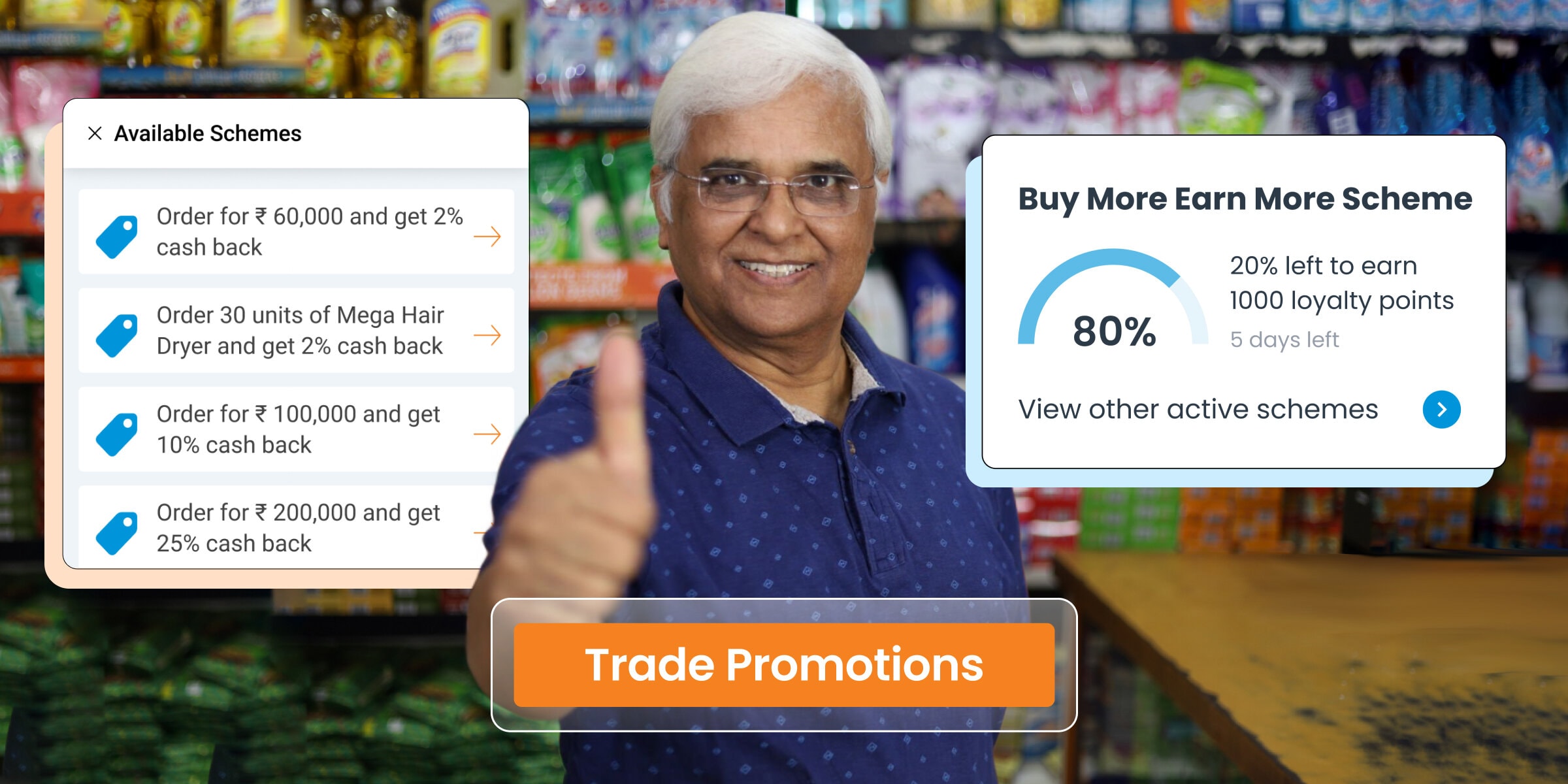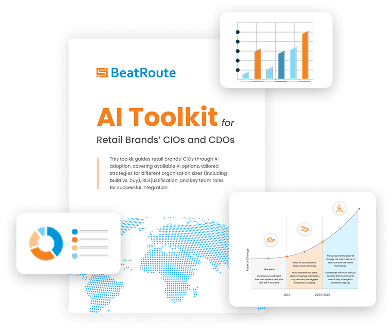What is Trade Promotion? (Examples & Best Practices for 2025)

A trade promotion is a marketing activity where retail brands offer incentives to retailers and distributors to encourage them to carry, display or sell a product. These promotions can include displays, price discounts, period purchase schemes, bulk purchase deals, rebates and sales competitions.
Trade promotions differ from consumer promotions because they target intermediaries (retail stores, distributors, restaurants, grocery stores) rather than end consumers. The goal is to attract new customers, increase sales volume and build long‑term relationships with partners.
Why Trade Promotion Matters for Retail Brands
Trade promotions help brands expand distribution, build shelf visibility and maintain healthy relationships with retailers. By providing incentives, retail brands ensure that their products are stocked and promoted in the right outlets.
Good trade promotions can boost brand awareness and encourage retailers to become loyal partners. However, poorly designed promotions can erode margins or cannibalize sales from other products. This is why planning and measurement are critical.
Trade Promotion Examples and Types
Here is a closer look at the types of trade promotions and when they work best:
| Type | Description | When to use |
| Physical displays | Eye‑catching displays in stores, including demo stands, shelf signage and point‑of‑purchase displays | Launching a new product or increasing visibility in crowded categories |
| Pricing discounts | Temporary reductions in wholesale prices that retailers can pass on to buyers | Driving volume during slow seasons or clearing stock |
| Bulk purchasing | Lower per‑unit prices when retailers order larger quantities | Encouraging retailers to stock up before a major promotion or seasonal peak |
| Financial rebates | Cashback to retailers after they meet volume or display goals | Motivating partners to hit stretch goals without lowering everyday prices |
| Sales competitions | Incentive contests where retailers compete to sell the most units and earn prizes | Energizing sales teams around a specific product or period (e.g., holiday season) |
Best Practices for Trade Promotions
1. Set clear goals
Define whether the goal is to drive volume, increase market share, introduce a new product or clear inventory. Avoid running promotions without a clear purpose.
2. Understand your partners
Tailor promotions to your retail partners’ needs and capabilities. Large supermarkets may prefer volume rebates, while independent stores might respond better to free displays or training.
3. Use data to design promotions
Analyze past performance to determine which products, periods and incentives drive the best results. Segment promotions by region, customer type and channel.
4. Coordinate across channels
Align promotions across in‑store, online and mobile platforms to provide a consistent customer experience.
5. Monitor execution in real time
Track planogram compliance, pricing, stock levels, and share of shelf to ensure promotions deliver impact.
Use platforms like BeatRoute to check compliance with planograms, pricing and stock levels. Retail audits prevent lost sales and ensure promotions run smoothly.
6. Measure ROI and learn
Track sales lift, margin impact and customer response. Use the insights to refine future promotions.
Aligning Trade Promotions With Your Growth Strategy
Trade promotions shouldn’t exist in isolation. They must support broader retail sales and distribution goals like improving distribution coverage, gaining market share or building brand loyalty. For example, pairing a pricing discount with a planogram reset can ensure high‑margin items remain at eye level even during promotions.
Win the Trade Promotion Game with BeatRoute
Trade promotions are powerful tools for retail brands when they are planned and executed thoughtfully. They help expand market reach, foster retail partnerships and drive sales. However, indiscriminate discounts and displays can erode margins and confuse channel partners. The key is to set clear goals, use data to design and manage promotions, and measure the results carefully.
Platforms like BeatRoute strengthen trade promotion management by linking promotion planning with execution in the field. Instead of treating promotions as static schemes, BeatRoute enables brands to design, assign, and track trade offers at the outlet level with precision.
To ensure your trade promotions reach the right outlets and drive measurable, goal-driven results. Book a Free Demo!
FAQs
What is BeatRoute?
BeatRoute is a Goal-Driven AI platform for retail execution that unifies your entire ecosystem and guides everyone toward brand goals.
What platform should retail brands choose for Trade Promotion Management?
Retail brands should choose a platform like BeatRoute, which ensures promotions reach intended outlets, reduces leakages, and maximizes effectiveness while making trade investments measurable and gaol-driven.
About the Author
-
Kanika Agrawal owns deep first-hand market experience ranging from global corporations to startups, where she has contributed to building and scaling solutions that drive measurable business impact. She possesses strong expertise in AI and focuses on translating its capabilities into real business value.
Use Goal-Driven AI to Achieve Retail Sales Uplift, Today!
Join enterprises in 20+ countries that trust BeatRoute, the globally dominant AI platform for sales force automation, field sales, DMS, and eB2B
Latest Insights & Articles
Here are the most impactful articles, platform updates, ebooks and reports for you.


